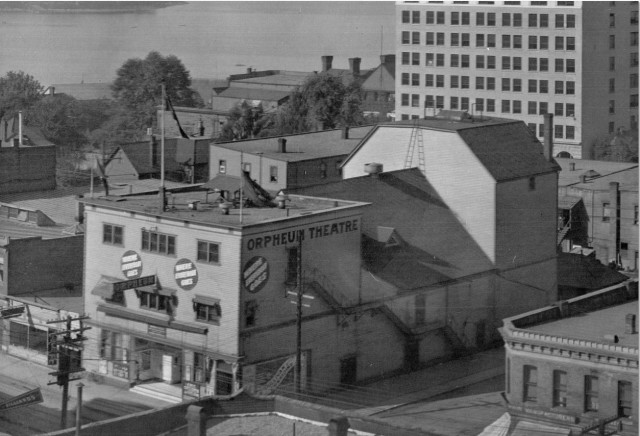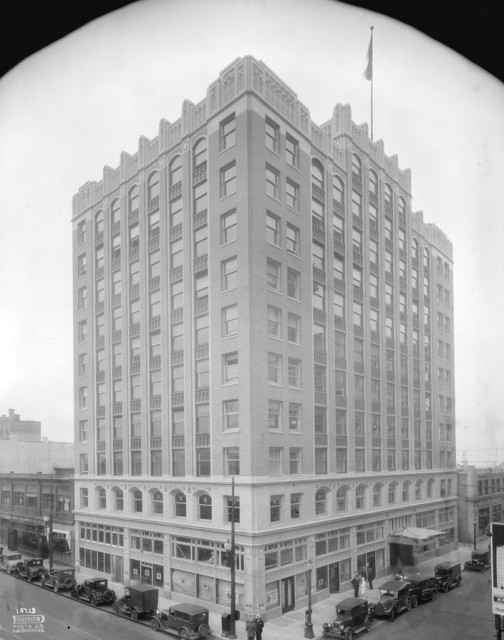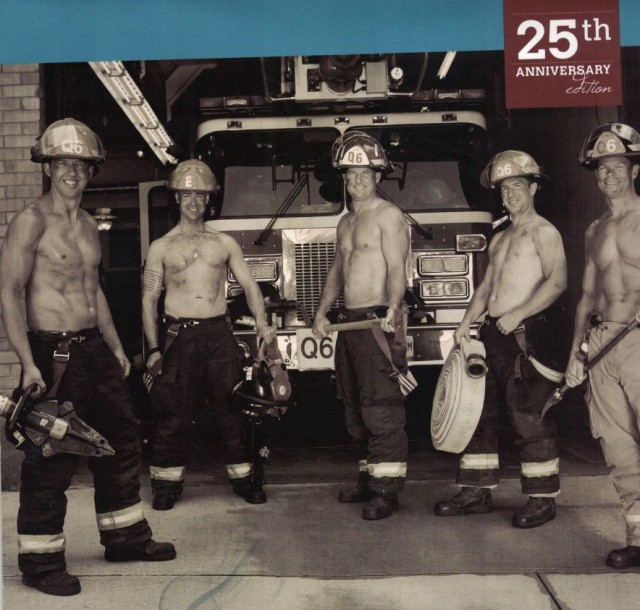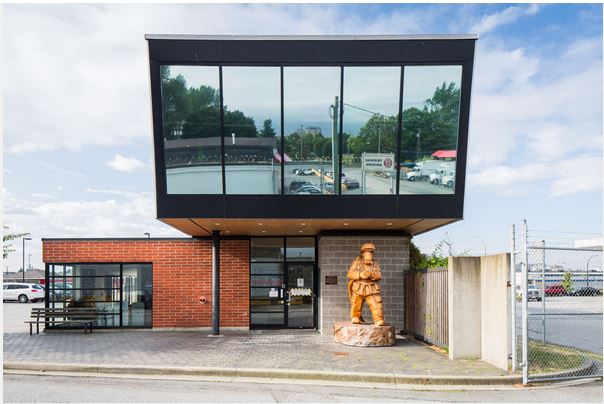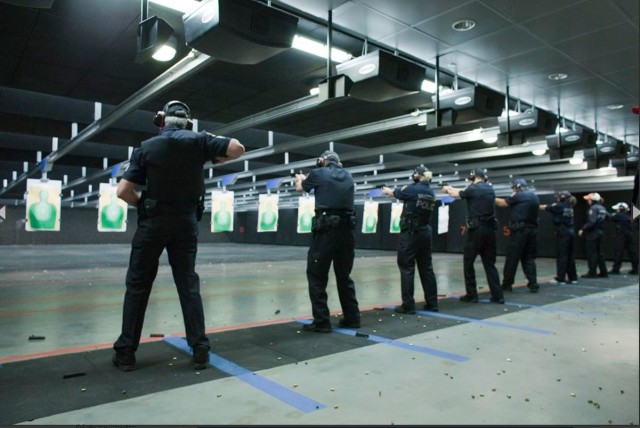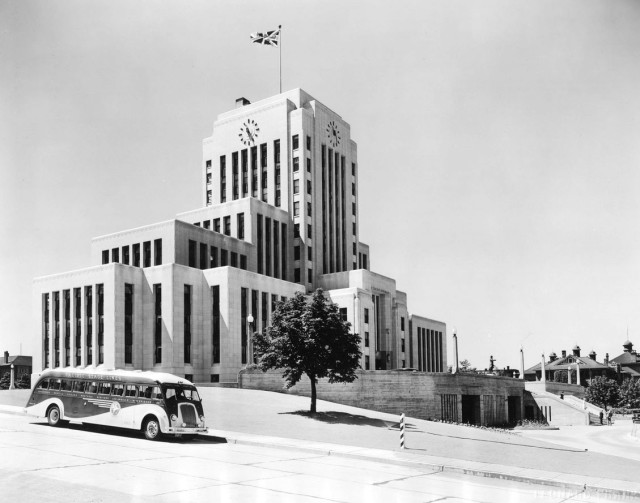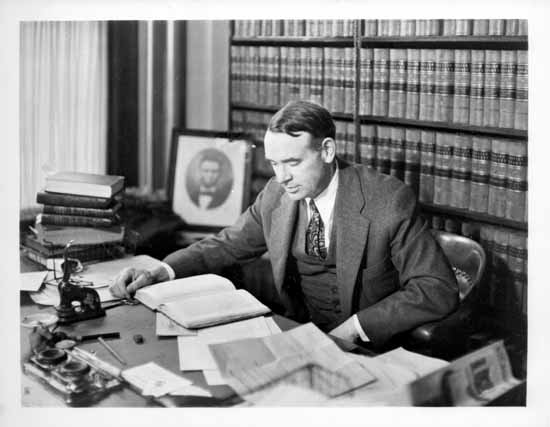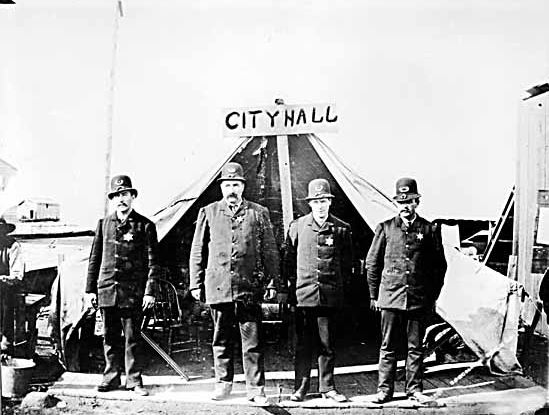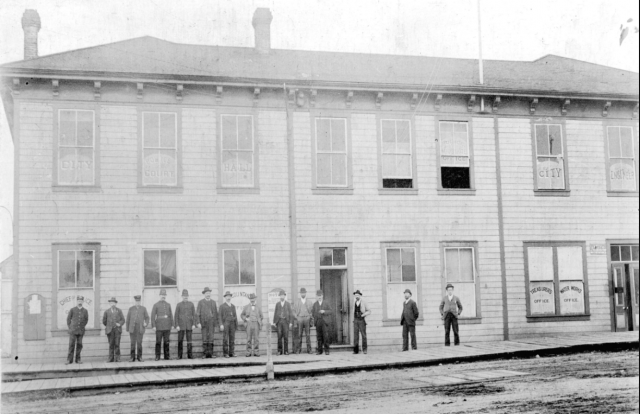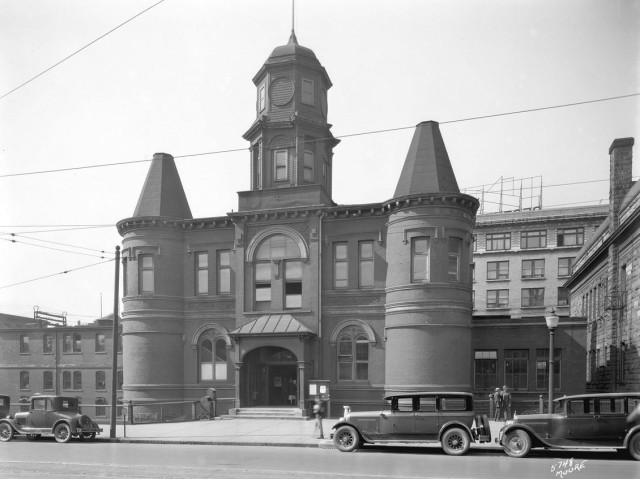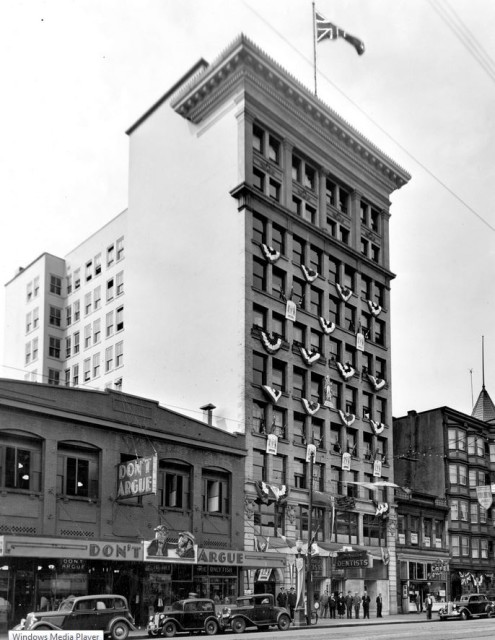I’m writing a book about John F.C.B. Vance, the first forensic scientist in Vancouver, and this week I wrote about his first day of work as the new City Analyst. My book is non-fiction, but sometimes you need some creative license. My challenge was to get to get Vance from his house in Yaletown to Market Hall, a lovely long-gone gothic building on Westminster (Main Street) which doubled as City Hall.
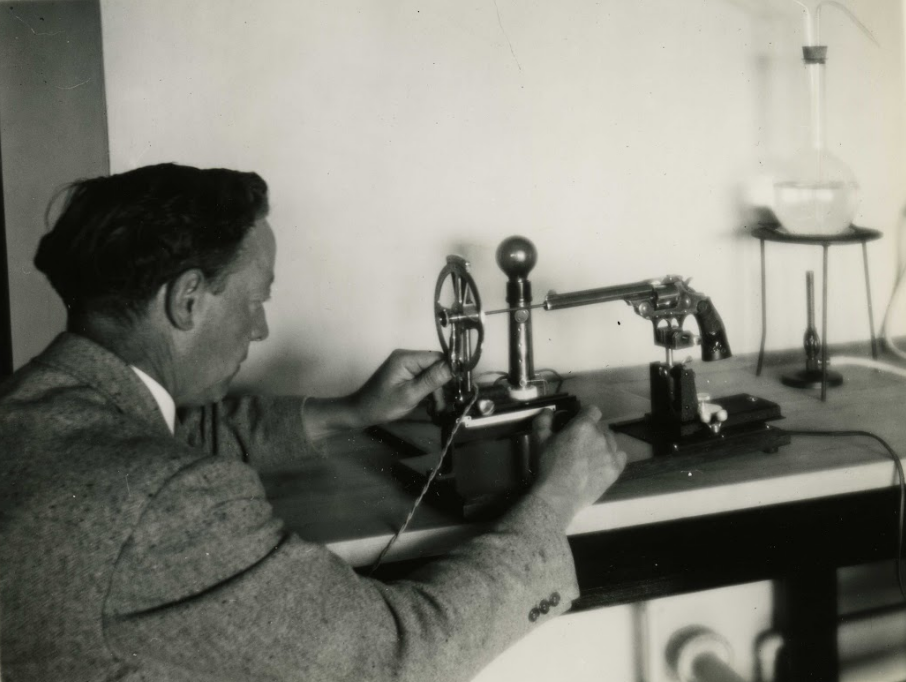
You can read all about Inspector Vance, the murders that he helped to solve, and the history that he passed through in Blood, Sweat, and Fear.
Watch the book trailer here
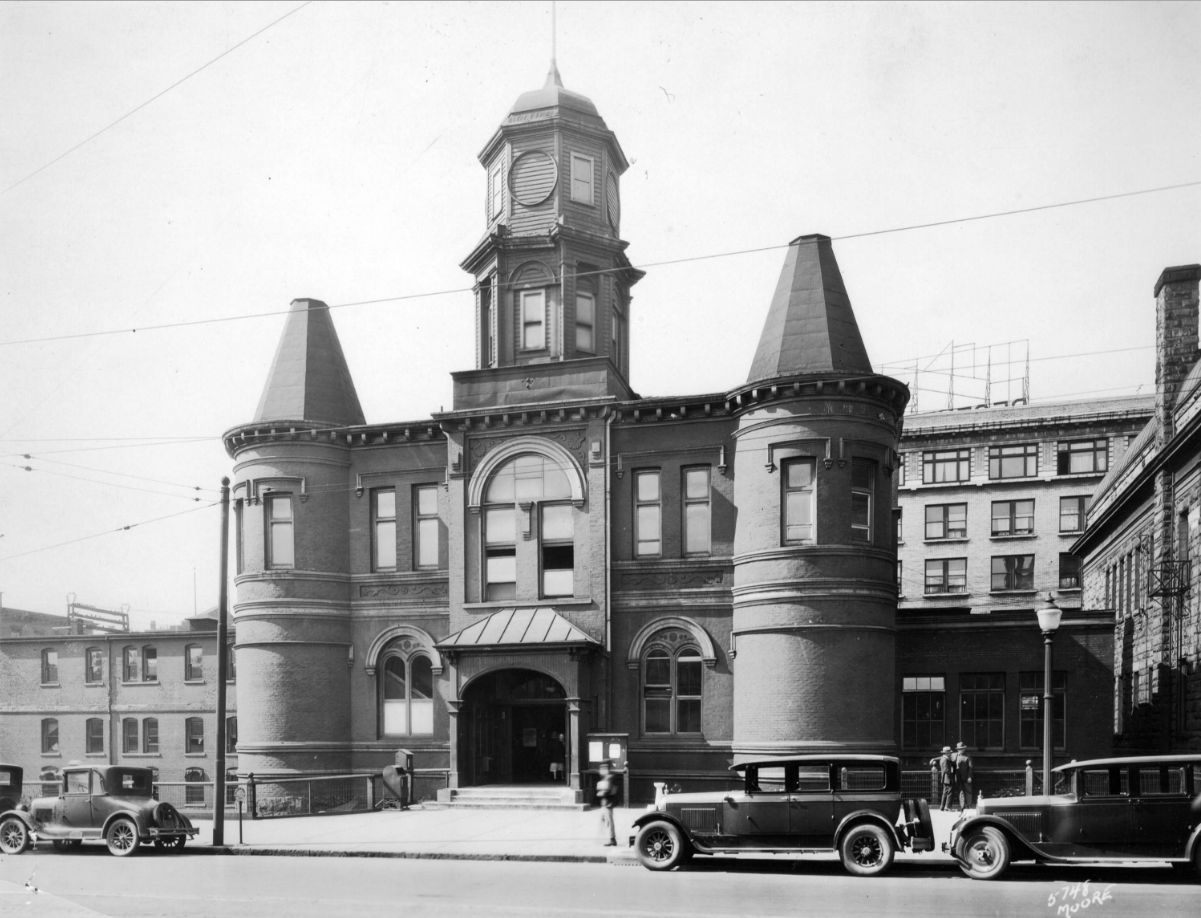
Vance takes the streetcar:
I decided that Vance would take the streetcar. I went to Vancouver Archives website, found a map of 1907, blew up the sections of downtown Vancouver, ran them off, taped them together and stuck them on my wall.
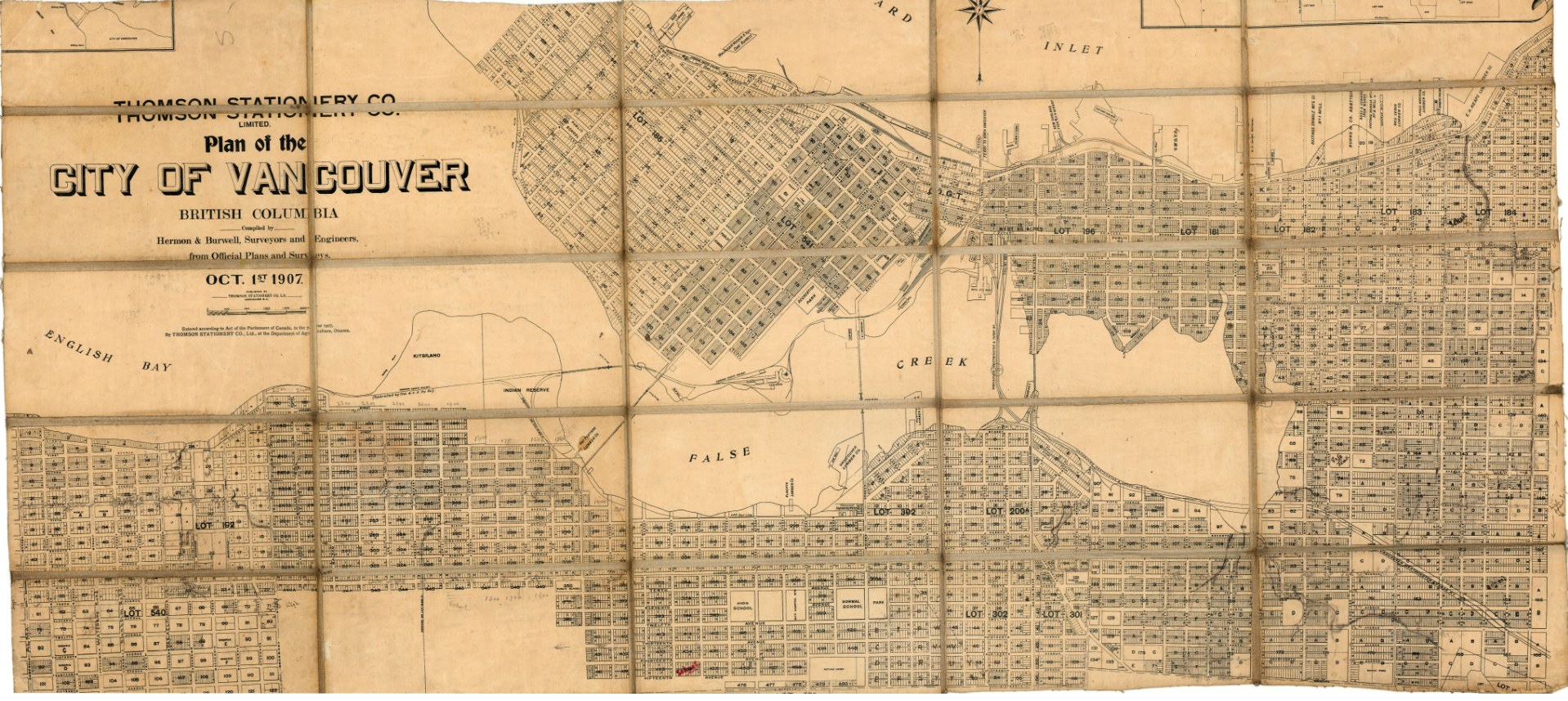
Next I played City Reflections. William Harbeck shot the earliest known surviving footage of Vancouver that year by mounting a hand-cranked camera to the front of a streetcar as it rattled through downtown and the West End. Just five years later poor William was dead, a victim of the Titanic, and the film disappeared for decades until it turned up in the home of an Australian film buff who thought he was looking at Hobart, Tasmania.
In 2007, the Vancouver Historical Society reshot the same route and put the two side by side.
You can watch the film here.
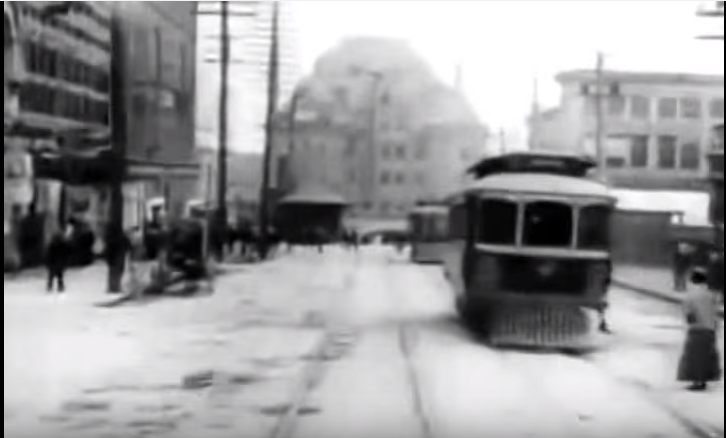
Missing heritage:
While it was fascinating to see what’s changed, I was surprised at how much has stayed the same. Back then, as now, construction was everywhere, on every block. The home of the new post office (Sinclair Centre) was going up at Hastings and Granville, as was Fire Hall No. 2 on East Cordova, and the recently defunct Pantages Theatre would soon open as a 1,200 seat vaudeville theatre. Slogans on banners shouted out the benefits of development. As today, Vancouver was attracting investment and visitors from around the world, and property prices were soaring.

The Vancouver Opera House and the second Hotel Vancouver are long gone, as is the CPR Station, a massive chateau-style building that dominated the foot of Granville Street. But Spencer’s Department store (now SFU) remains, as do several of the buildings between Richards and Homer. The former Royal Bank of Canada is now the film production campus of the Vancouver Film School, the Flack Block built in 1898 from proceeds from the Klondike is still east of Cambie, and what used to be the Central School, is now part of Vancouver Community College. Woods Hotel, just a year old when the film was shot, is now the Pennsylvania Hotel.

Three daily newspapers:
In 1907, the Province was one of three daily newspapers. An ad that year boasted that it was read in 90 percent of Vancouver homes, and sold for five cents.
How those times have changed.
I’m not sure how long in real time it would have taken Vance to get to work that day, but it took me most of the week to get him there on paper.
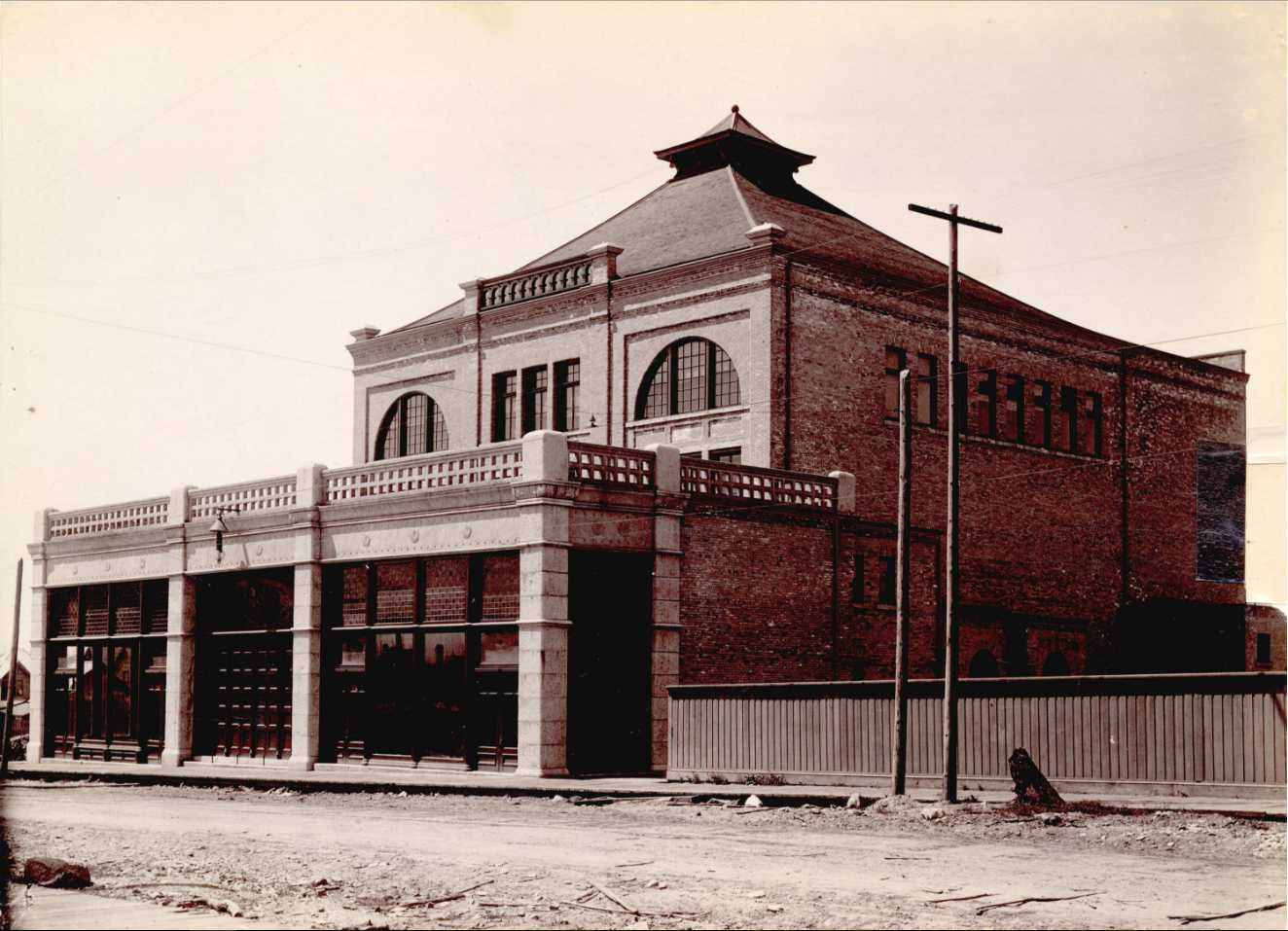
related:
- Saving History: the life’s work of Inspector Vance
- Inspector Vance and the Noir Magazines
- Our Missing Heritage
© All rights reserved. Unless otherwise indicated, all blog content copyright Eve Lazarus.





